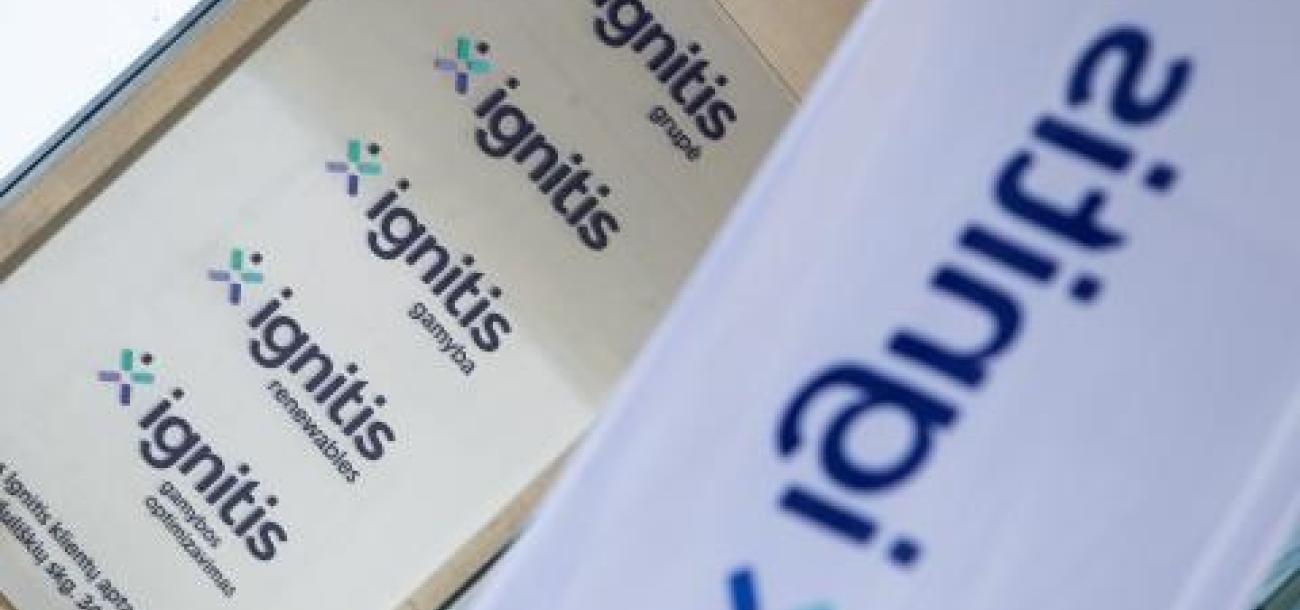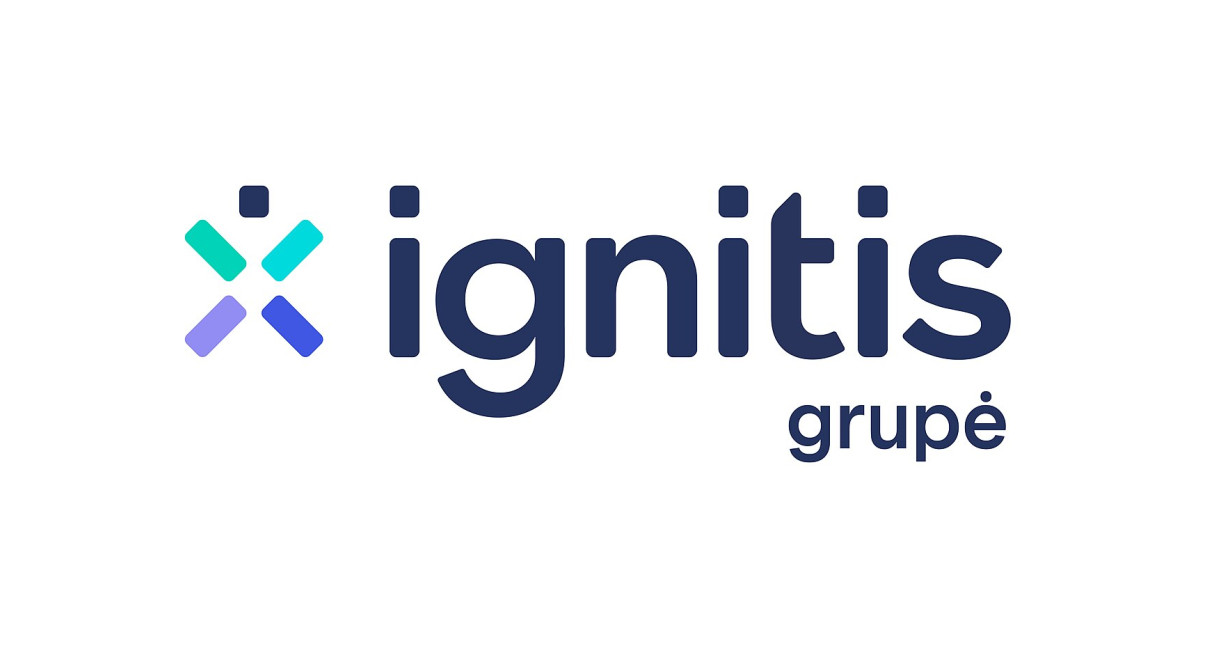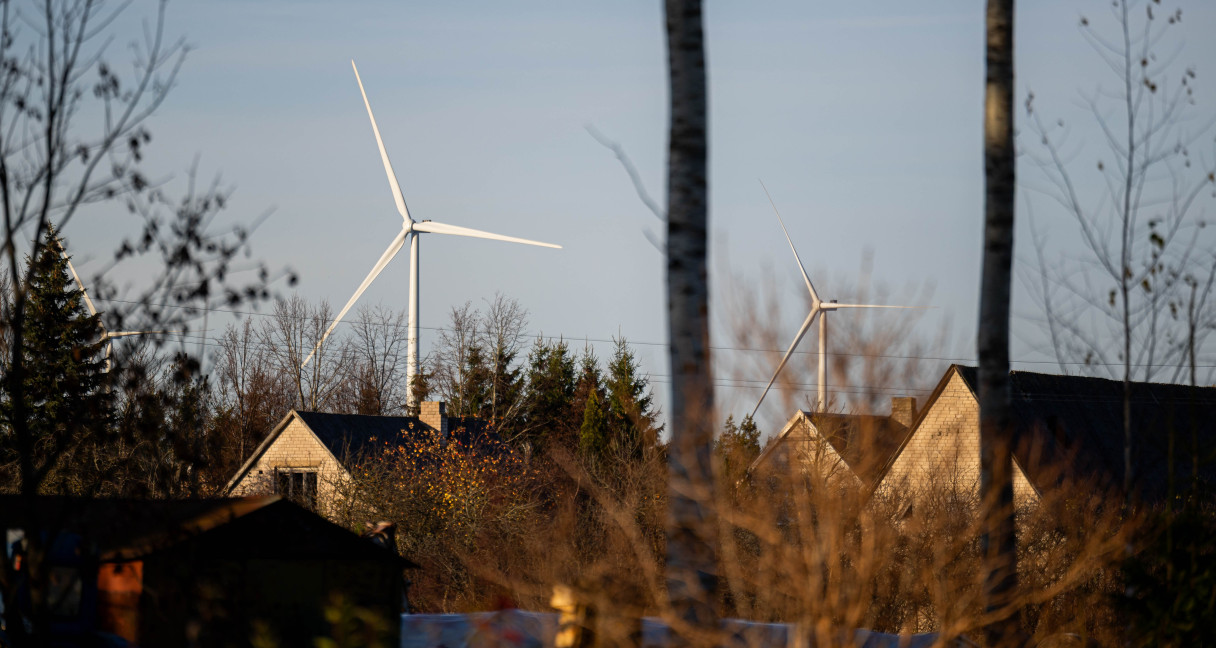Lietuvos energija and ESO plan a pilot project of energy micro islands
Why micro islands? Currently, some of ESO's clients live in geographically isolated areas to which electricity is supplied through 2-3 kilometres long aerial power lines. It is exactly the length of the lines that causes losses in electricity quality and disruptions in supply. Reconstruction of aerial line is one of the ways to solve the problem.
“Reconstruction of aerial power lines of this magnitude for a small number of clients is a very expensive solution. The cost price of such reconstruction can often reach EUR 60 thousand, and only a few households have a direct benefit of that. According to preliminary calculations, a pilot project of micro islands, that was offered by Estonian colleagues, is financially more profitable than reconstructing of aerial power lines. We hope that micro islands will ensure high quality electricity supply without high costs, irrespective of power distribution grid“, - says Renaldas Radvila, the ESO‘s Services Director.
A micro island consists of solar modules, batteries and a fuel-driven generator that would generate about 30% of the required electricity demand per year, while the rest of energy would be produced by a solar power plant. When combined to form a single system, the facilities become a unique power plant that provides independent power supply at any time of the day or year. Several clients with different energy demands were selected for the pilot project. They will allow assessing the applicability, reliability and benefits of micro islands under different power consumption conditions.
The Project will be launched in July. The locations of the pilot project of micro islands were selected based on client complaints about electricity quality and after assessing the suitability of the location for testing the technology. The distinguishing feature of the location of the pilot project in Prienai is that the clients are supplied with electricity through 3.3 km long aerial lines, in a wooded area. The case of Plateliai is unique – a 1.4 km long aerial line twice crosses Lake Plateliai and an uninhabited island that is located in the lake.
“We tested such grid solutions designed for power supply to 4 different households in Estonia for the first time in 2016. Our pilot projects showed that the projects of micro islands are perfect not only for summer homes with a seasonal electricity consumption, but also for medium-sized households that consume electricity all year round. We look forward to receiving feedback from ESO in testing the innovation of Elektrilevi that was developed by Estonian engineers“, - said Rolandas Murakas, the Product Manager at Elektrilevi.
The equipment is scheduled to be installed in July this year, and monitoring and measurement of the system are planned to be carried out throughout the year. After evaluation of the results obtained, in the middle of 2020, the companies will decide on the application of this technology on a broader basis in ESO distribution grid. The Estonian distribution operator Elektrilevi first tested the innovative solution in 2016 in 4 different households in Estonia. Now the solution developed by Estonian engineers will be tested in Lithuania.
The contract with Elektrilevi was signed as part of the Open Partnership Programme of the Innovation Hub of Lietuvos Energija Group, which is aimed at development of energy research together with scientific institutions and other energy companies, and to promote attracting and applying the necessary competencies.





